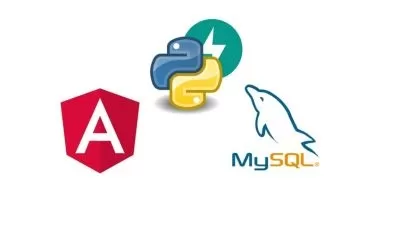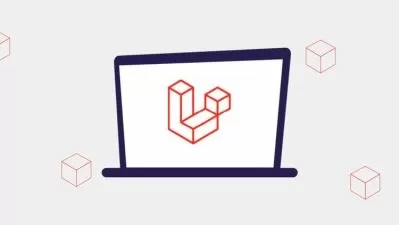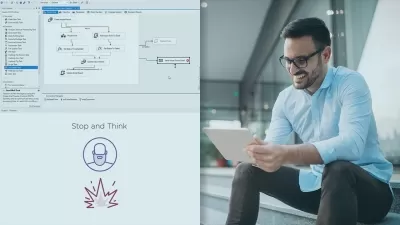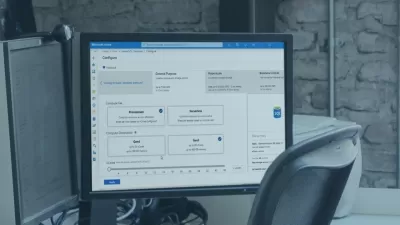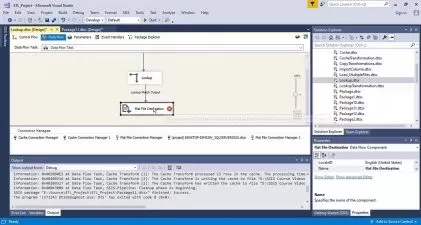Advanced SQL for Query Tuning and Performance Optimization
Dan Sullivan
2:09:16
Description
SQL queries can be fast and highly efficient, but they can also be slow and demand excessive CPU and memory resources. For many SQL programmers, occasional bouts with long-running queries and poor performance are simply par for the course. But by gaining a better understanding of how databases translate SQL queries into execution plans, you can take steps to avoid these issues. In this course, Dan Sullivan shows you how to analyze query execution plans and use data modeling strategies to boost query performance. Dan describes how SQL queries are executed, highlights different types of indexes and how they factor in query tuning, covers several methods for performing joins, and discusses how to use partitioning and materialized views to improve performance. Plus, Dan shows you how to run PostgreSQL in GitHub Codespaces so you can get started learning faster.
More details
User Reviews
Rating
Dan Sullivan
Instructor's Courses
Linkedin Learning
View courses Linkedin Learning- language english
- Training sessions 63
- duration 2:09:16
- English subtitles has
- Release Date 2023/12/13








